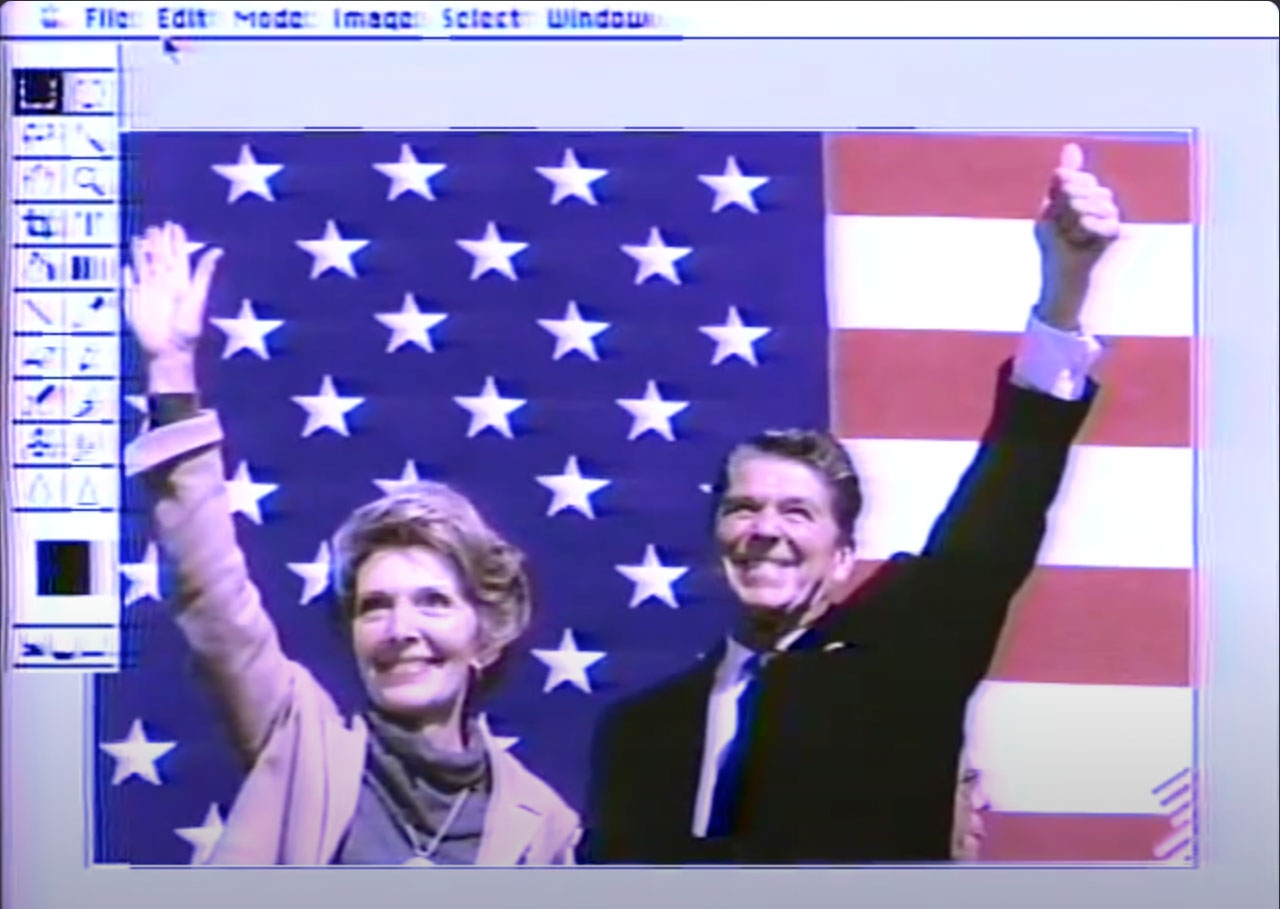FROM PHOTOSHOP TO GENERATIVE AI: THE EVOLUTION OF IMAGE MANIPULATION

In an ever-evolving digital landscape, discussions around image manipulation have evolved significantly since the days of Photoshop, as illustrated in a fascinating conversation from a not-so-distant past. The debate on altering photographs continues, but now, a new player has entered the scene – Generative AI.
The footage, shot in the early 1990s, featured Russell Brown, a senior art director at Adobe Systems, showcasing how photographs could be modified with software, particularly Photoshop. At that time, concerns revolved around ethics, credibility, and authenticity. Fast forward to today, and we're grappling with similar issues, but on a whole new level.
Photoshop: The Dawn of Digital Manipulation
The most interesting part of the discussion lies in the ability of Photoshop to manipulate photographs. With the power of Photoshop, Brown demonstrates how he can easily insert himself into an image, creating a visually convincing composite. The ethical questions raised then are akin to today's debates over deepfakes and generative AI, which can create entirely fabricated visuals and audio.
Authenticity and Credibility: A Common Concern
One major concern highlighted in the conversation was the risk of undermining the authenticity and credibility of photographs. Fred Richen, an author, argued that photos serve as powerful documents of reality, and altering them threatens to blur the lines between fact and fiction. In today's context, generative AI poses a similar challenge. As it becomes increasingly sophisticated, it becomes more challenging to distinguish genuine content from AI-generated fabrications.
Copyright and Ownership in the Digital Age
The discussion touched upon copyright issues, particularly when multiple elements from different sources are combined to create a single image. This issue still resonates today, with generative AI introducing new complexities around ownership and copyright. Who owns the AI-generated art? What happens when AI remixes existing copyrighted materials? These are questions we're grappling with in the 21st century.
Accessibility and Affordability of Technology
Towards the end of the discussion, it's highlighted that image manipulation tools, like Photoshop, had become more accessible and affordable. Fast forward to today, and we find ourselves in a similar situation with Generative AI. Powerful AI tools are becoming increasingly accessible and user-friendly, reducing the barriers to entry for creators and amplifying both the creative and ethical dilemmas.
The Modern Dilemma
Today, Generative AI has become a game-changer. AI models like GPT-3 and DALL-E can generate text and images that are indistinguishable from human-created content. The debate over deepfakes, AI-generated art, and AI-written text raises many of the same concerns discussed in the early 2000s regarding Photoshop.
A New Frontier of Responsibility
The discussions of the early 2000s surrounding image manipulation laid the groundwork for the debates we face today with Generative AI. As technology continues to advance, the responsibility falls upon creators, policymakers, and society as a whole to navigate this new landscape. We must strike a balance between creativity, ethics, and authenticity, ensuring that we wield these powerful tools for the greater good and the preservation of truth in the digital age.